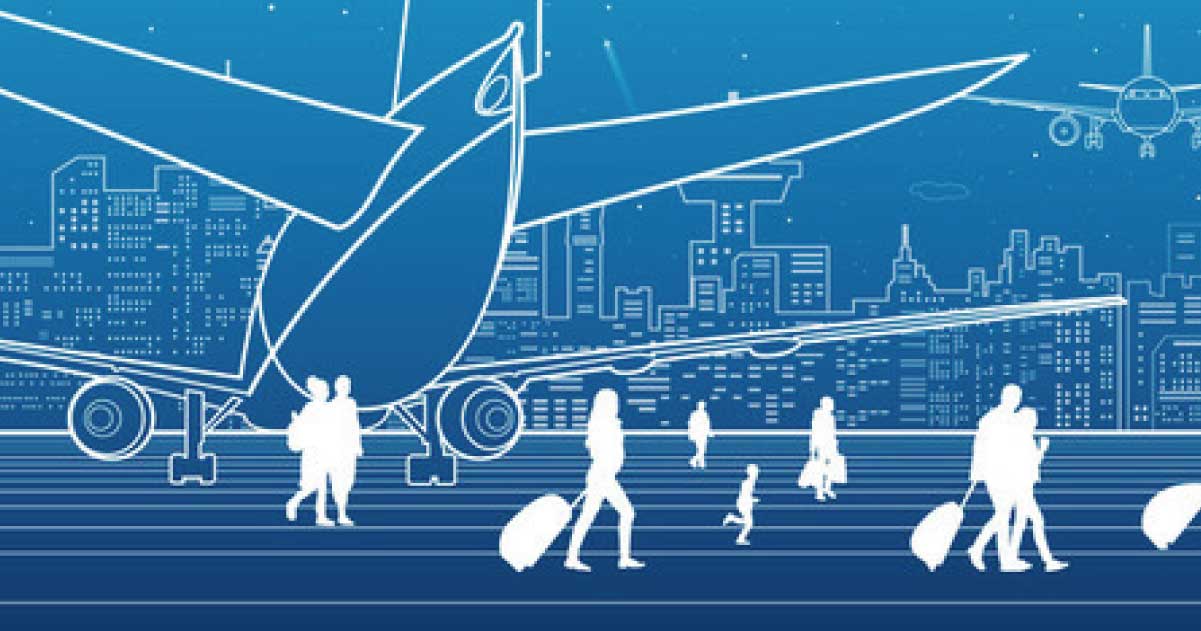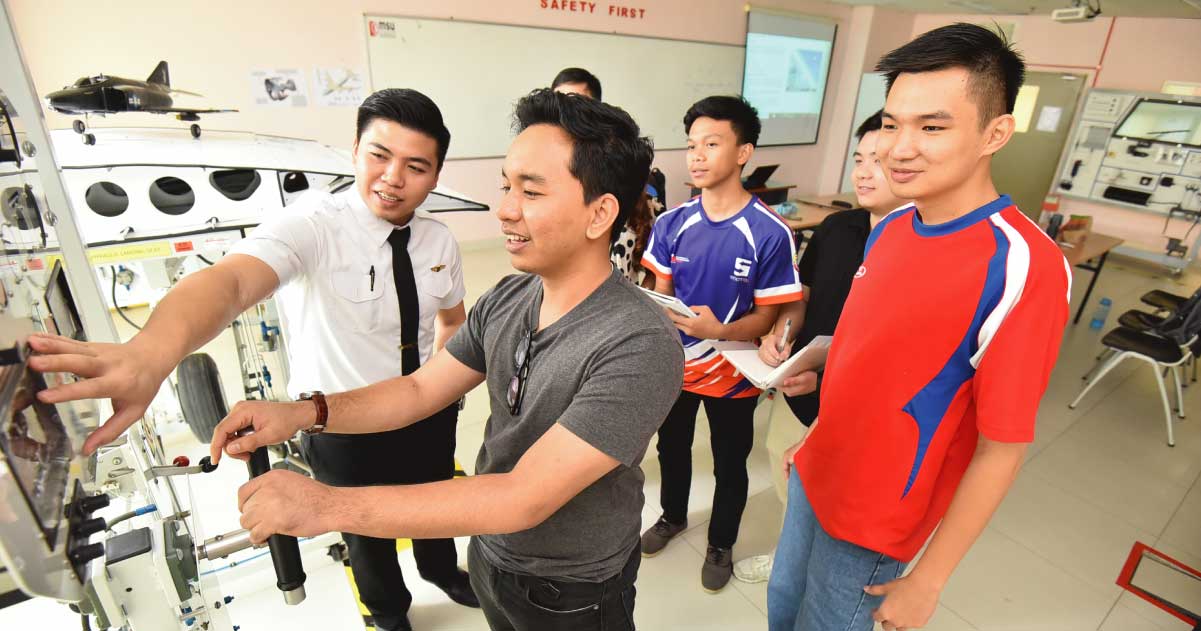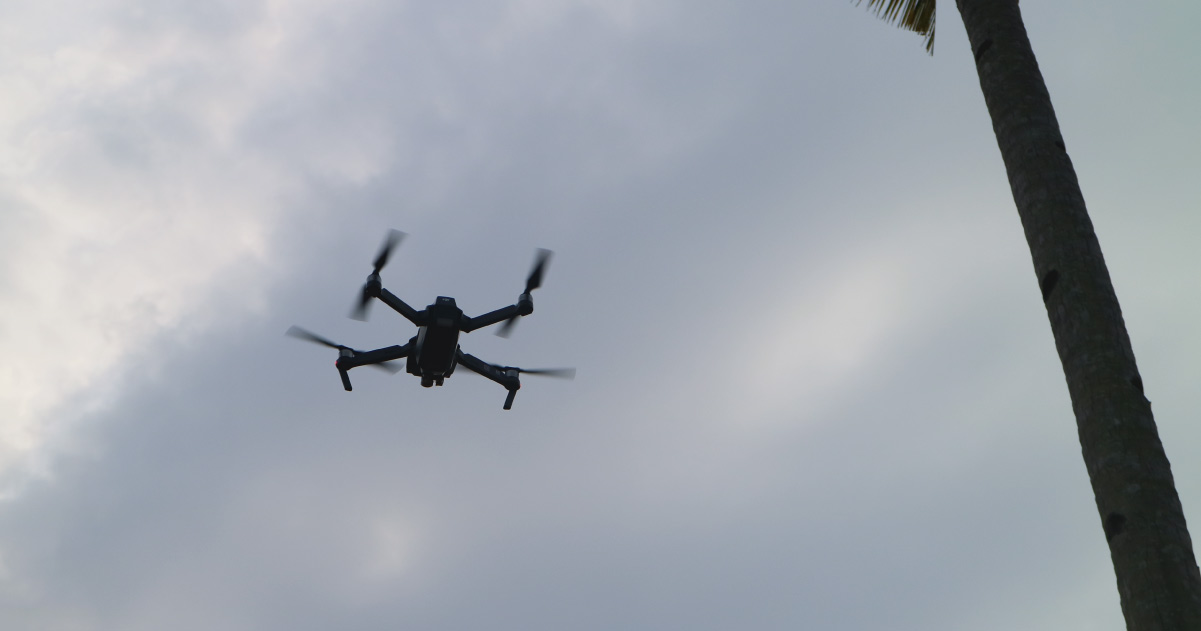

Aviation’s role as a rapid transit network in service of the world’s social and economic development is celebrated every December the 7th on International Civil Aviation Day, with a theme that lasts through five years to coincide with ICAO (International Civil Aviation Organization) anniversaries; the 2019-2023 theme is ‘75 years of connecting the world’.

Aviation as an engine of connectivity is fundamental to enabling global peace and prosperity. Its frontier technologies, developed through the fourth industrial revolution (IR 4.0), have been recognized as pivotal to achieving United Nations Sustainable Development Goals (UNSDG).
Aviation is a key innovator and early adopter of technologies of the future. Such technologies include Artificial Intelligence (AI), Blockchain, and Unmanned Aircraft Systems (UAS).

Artificial intelligence is particularly helpful in carrying out repetitive tasks, which are prone to human error and/or are time sensitive. Areas of AI use being explored include natural-language aviation regulations and manuals, and optimal use of aviation assets when responding to crisis.
Blockchain is basically a digital ledger. Its encryption of data into blocks of records allows for reliable permanent storing. With blockchain, data cannot be falsified; bundles of data attached to pre- and post-transactions ensure blockchain to be tamper-proof. Blockchain’s security would benefit aviation’s various necessary records such as pilots’ flight log, passenger manifest, crew information, and aircraft licensing data. Blockchain technology also means doing away with costly and ineffective paperwork, making it environment-friendly.

UAS may be referred to as Remotely Piloted Aircraft Systems (RPAS), Radio Controlled Aircraft, Model Aircraft, Unmanned Aerial Vehicles (UAV), or drones. As their pilot is nowhere onboard, they are subject to principles of operation that take into account the aircraft operation type and collision avoidance mechanisms.
For UAS flown within visual line of sight (VLOS), corrective spectacles can be used by the person flying the aircraft; the use of binoculars, telescopes, or any other image-enhancing devices, however, is not allowed as the aircraft must not be flown out of sight of its human operator.
In the absence of direct unaided visual contact with the aircraft while it is airborne beyond visual line of sight (BVLOS), collision avoidance options must be in place. These could be a Detect and Avoid (DAA) technical capability; a block of airspace to operate in, where the unmanned aircraft is segregated from other aircraft; or proper addressing and clear evidence of the intended operation posing no aviation threat to persons and objects on the ground.

MSU Bachelor of Science in Aviation Management and Piloting (Honours)
MSU Bachelor of Science in Mechanical Engineering (Honours)
MSU Master of Science in Engineering
MSU Diploma in Aircraft Maintenance Technology
Aviation’s role as a rapid transit network in service of the world’s social and economic development is celebrated every December the 7th on International Civil Aviation Day, with a theme that lasts through five years to coincide with ICAO (International Civil Aviation Organization) anniversaries; the 2019-2023 theme is ‘75 years of connecting the world’.

Aviation as an engine of connectivity is fundamental to enabling global peace and prosperity. Its frontier technologies, developed through the fourth industrial revolution (IR 4.0), have been recognized as pivotal to achieving United Nations Sustainable Development Goals (UNSDG).
Aviation is a key innovator and early adopter of technologies of the future. Such technologies include Artificial Intelligence (AI), Blockchain, and Unmanned Aircraft Systems (UAS).

Artificial intelligence is particularly helpful in carrying out repetitive tasks, which are prone to human error and/or are time sensitive. Areas of AI use being explored include natural-language aviation regulations and manuals, and optimal use of aviation assets when responding to crisis.
Blockchain is basically a digital ledger. Its encryption of data into blocks of records allows for reliable permanent storing. With blockchain, data cannot be falsified; bundles of data attached to pre- and post-transactions ensure blockchain to be tamper-proof. Blockchain’s security would benefit aviation’s various necessary records such as pilots’ flight log, passenger manifest, crew information, and aircraft licensing data. Blockchain technology also means doing away with costly and ineffective paperwork, making it environment-friendly.

UAS may be referred to as Remotely Piloted Aircraft Systems (RPAS), Radio Controlled Aircraft, Model Aircraft, Unmanned Aerial Vehicles (UAV), or drones. As their pilot is nowhere onboard, they are subject to principles of operation that take into account the aircraft operation type and collision avoidance mechanisms.
For UAS flown within visual line of sight (VLOS), corrective spectacles can be used by the person flying the aircraft; the use of binoculars, telescopes, or any other image-enhancing devices, however, is not allowed as the aircraft must not be flown out of sight of its human operator.
In the absence of direct unaided visual contact with the aircraft while it is airborne beyond visual line of sight (BVLOS), collision avoidance options must be in place. These could be a Detect and Avoid (DAA) technical capability; a block of airspace to operate in, where the unmanned aircraft is segregated from other aircraft; or proper addressing and clear evidence of the intended operation posing no aviation threat to persons and objects on the ground.

MSU Bachelor of Science in Aviation Management and Piloting (Honours)
MSU Bachelor of Science in Mechanical Engineering (Honours)
MSU Master of Science in Engineering
MSU Diploma in Aircraft Maintenance Technology